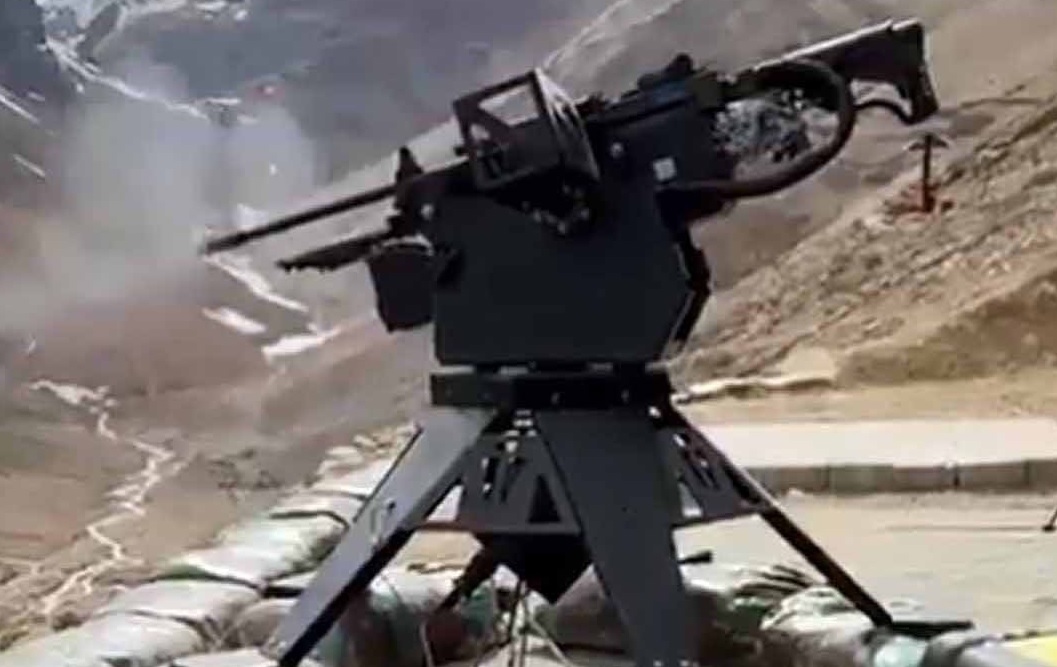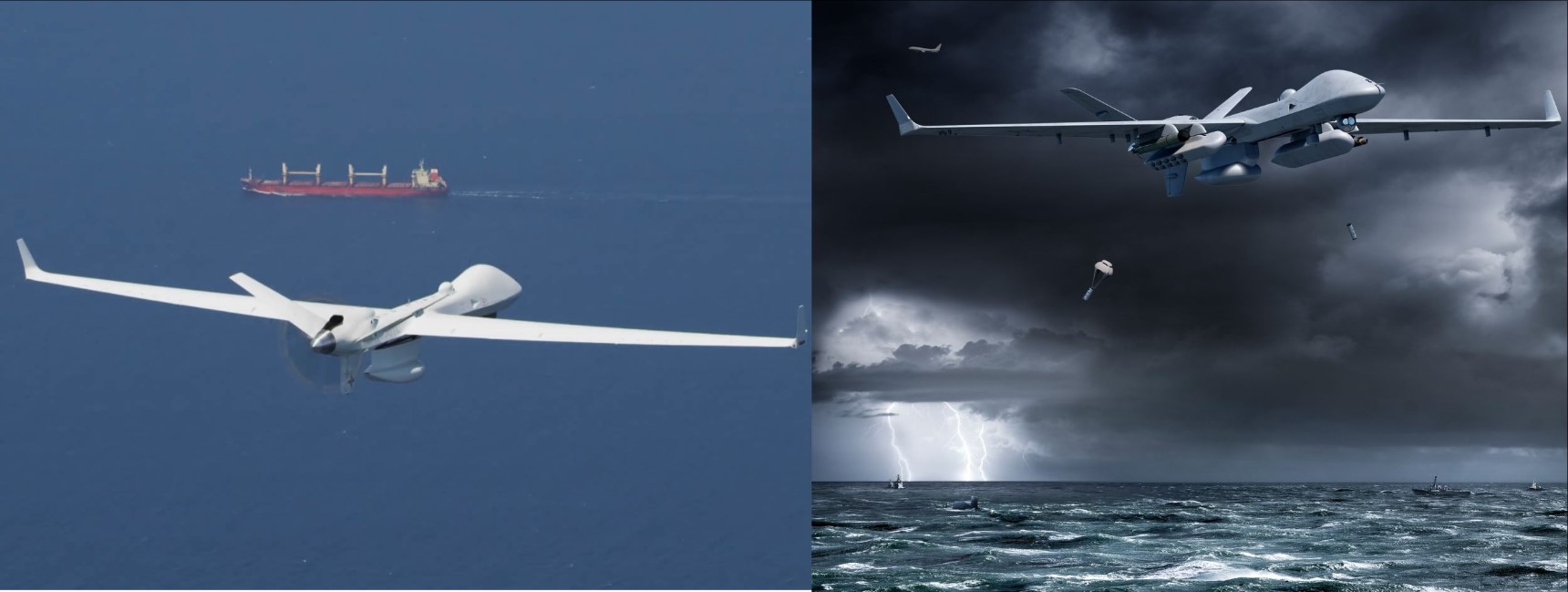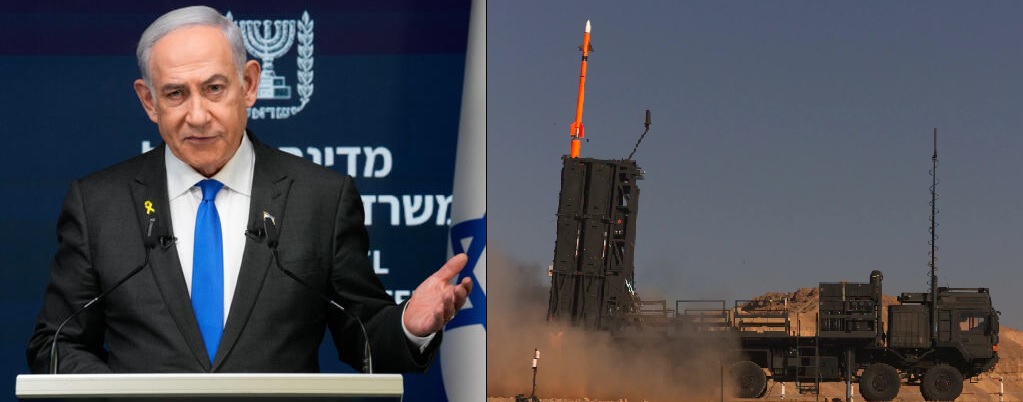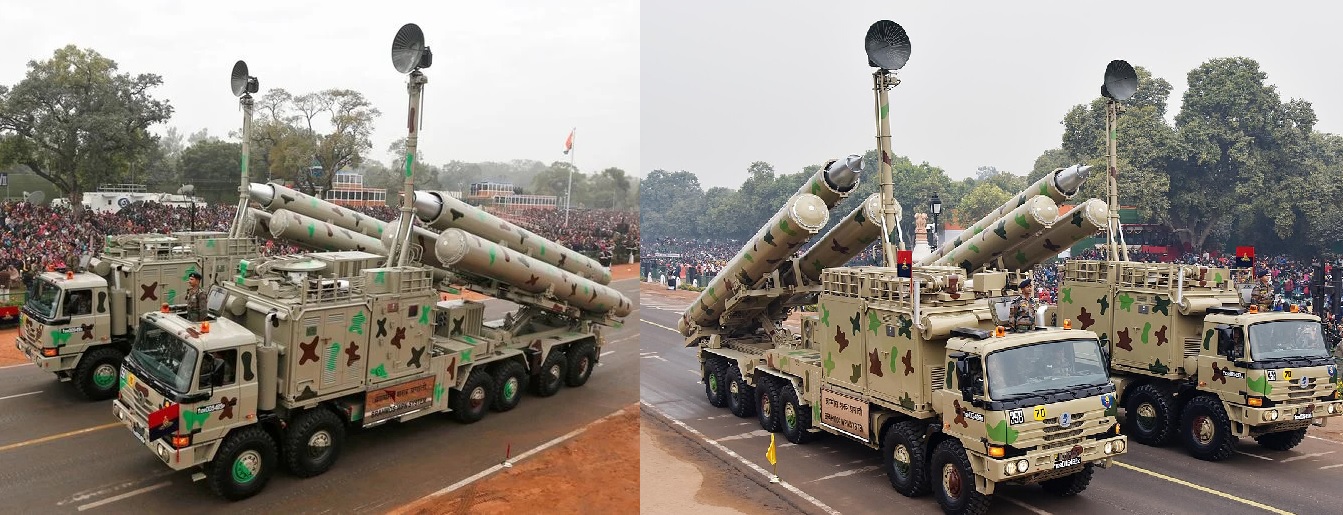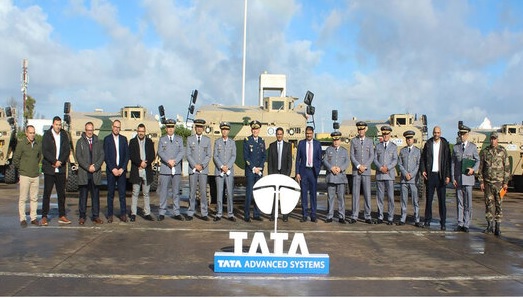Anduril Delivers Dive-LD Autonomous Underwater Vehicle to U.S. Navy for Next-Gen Undersea Operations
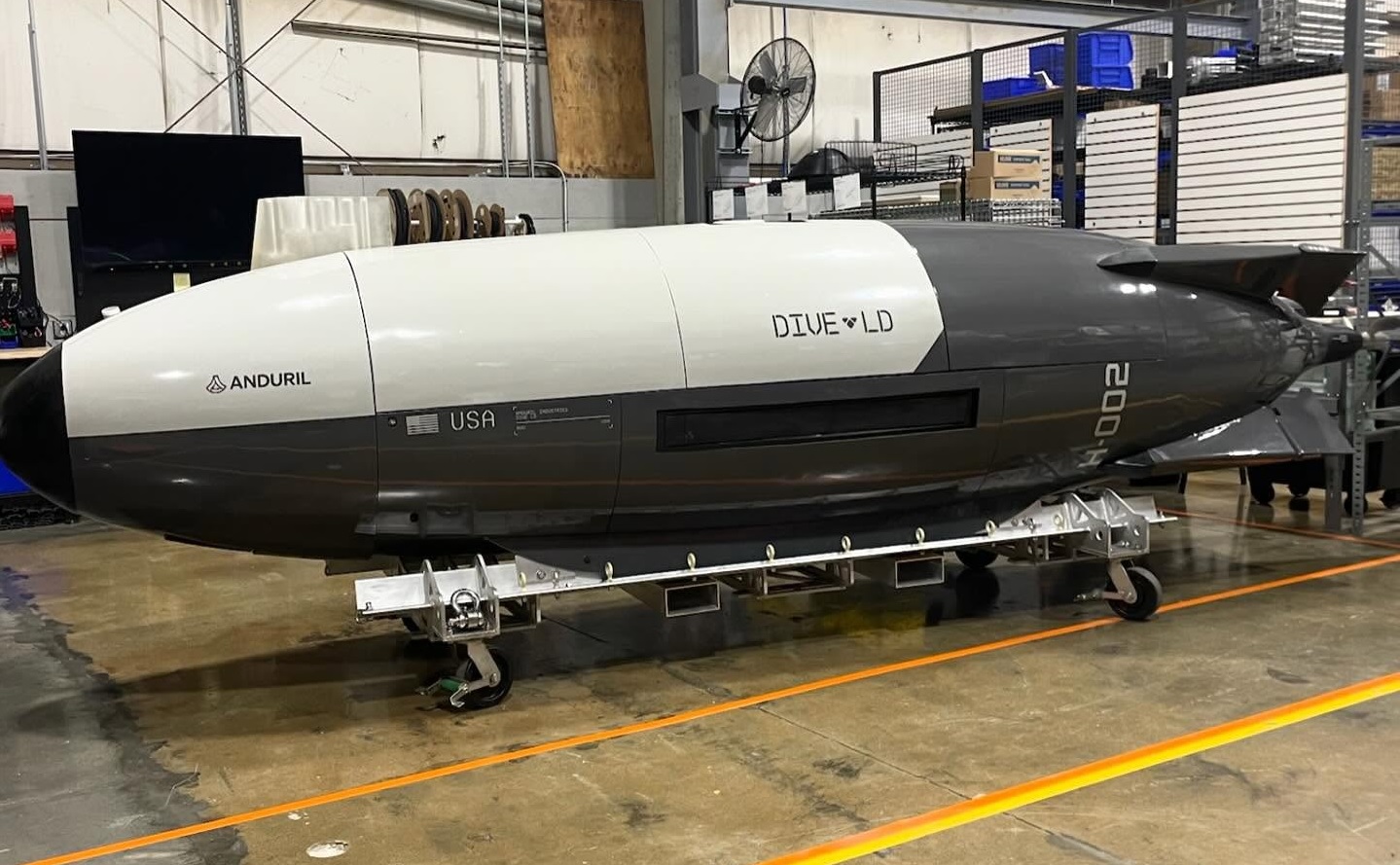
In a significant move towards enhancing maritime autonomy, U.S. defense technology company Anduril Industries has successfully delivered its first Dive-LD autonomous underwater vehicle (AUV) to the United States Navy. The advanced underwater drone has been handed over to Unmanned Undersea Vehicle Squadron 1 (UUVRON-1), the Navy’s dedicated unit for operating unmanned undersea systems.
AUV for the Future of Naval Missions
The Dive-LD is designed to carry out a wide range of missions without the need for human intervention. From seabed mapping and intelligence gathering to communications relays and infrastructure inspection, this long-endurance platform is built for versatility in challenging underwater environments. According to Anduril, Dive-LD’s design provides “critical solutions to missions undersea” by combining endurance, modularity, and advanced autonomy.
Key Features and Capabilities
While full technical specifications remain classified, several notable features highlight Dive-LD’s role as a next-generation AUV:
-
Endurance: Capable of long-duration missions, Dive-LD can operate autonomously for days or even weeks, depending on the payload and mission profile.
-
Modular Payloads: The vehicle can be equipped with a range of sensors and equipment, allowing it to switch between tasks like surveillance, mine detection, or data collection.
-
Low-Profile Construction: Designed to minimize detectability in hostile environments, its sleek shape enhances stealth in operations.
-
3D-Printed Exteriors: The use of additive manufacturing enables rapid customization and reduces production costs.
-
Advanced Navigation: Equipped with modern inertial navigation systems and real-time path planning for navigating complex undersea terrain.
Compact but Capable
The Dive-LD is relatively compact compared to traditional undersea vehicles, making it easier to deploy from ships, submarines, or even shore-based facilities. Despite its size, it offers powerful capabilities that make it ideal for both military operations and commercial applications like offshore energy inspection or underwater infrastructure surveys.
A Strategic Asset for the U.S. Navy
The U.S. Navy’s delivery of the Dive-LD aligns with its larger strategic pivot towards distributed maritime operations, where smaller, networked, and autonomous systems operate in coordination. UUVRON-1, based in Keyport, Washington, will now begin rigorous testing of the Dive-LD in operational environments to evaluate its performance and integration into future mission sets.
This delivery represents more than just a new tool—it reflects a shift in how the Navy conducts undersea warfare. With autonomy, endurance, and adaptability at its core, Dive-LD symbolizes the growing importance of unmanned systems in securing the oceans of tomorrow.
✍️ This article is written by the team of The Defense News.
